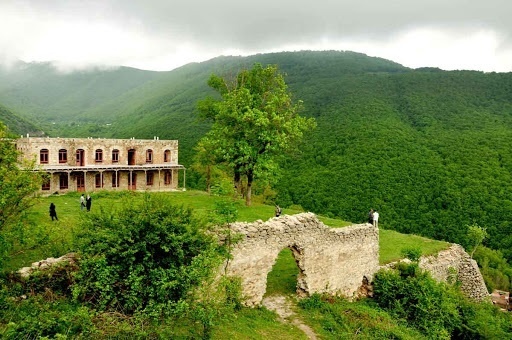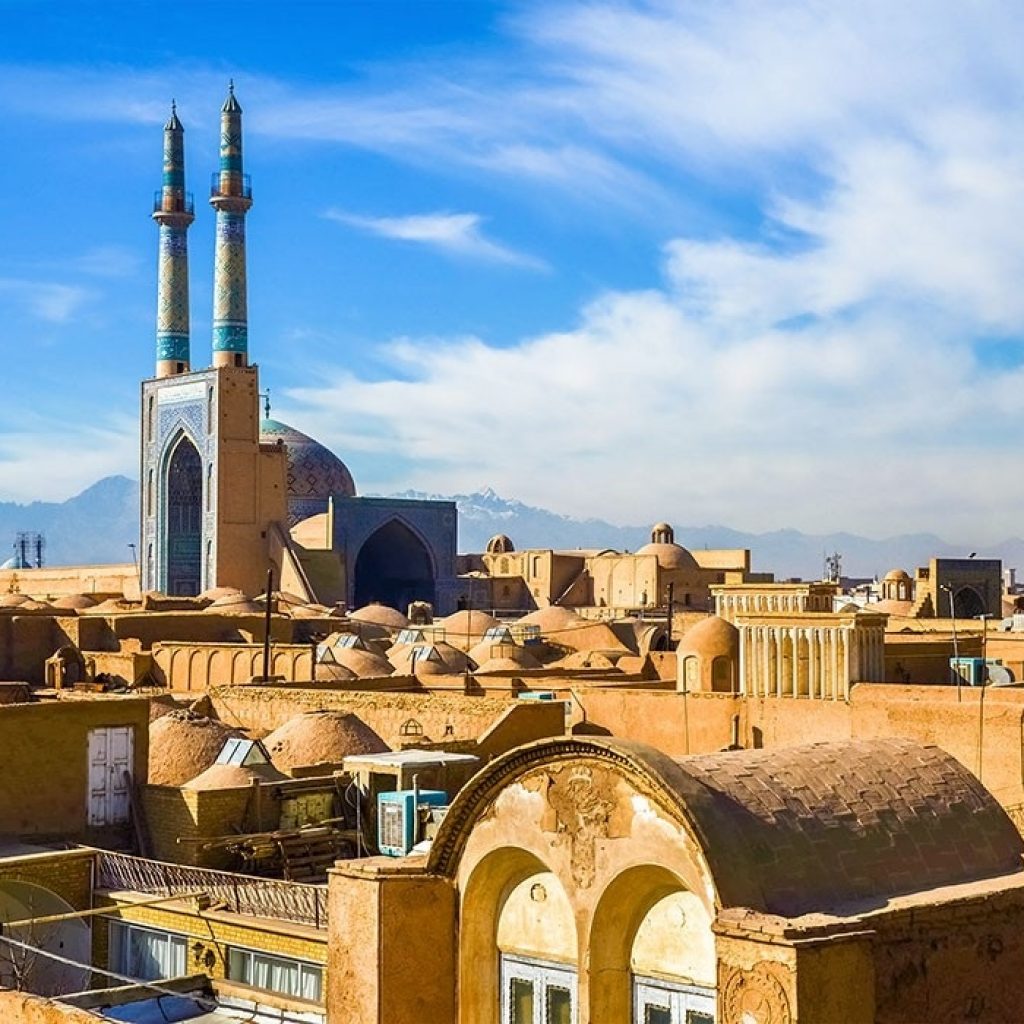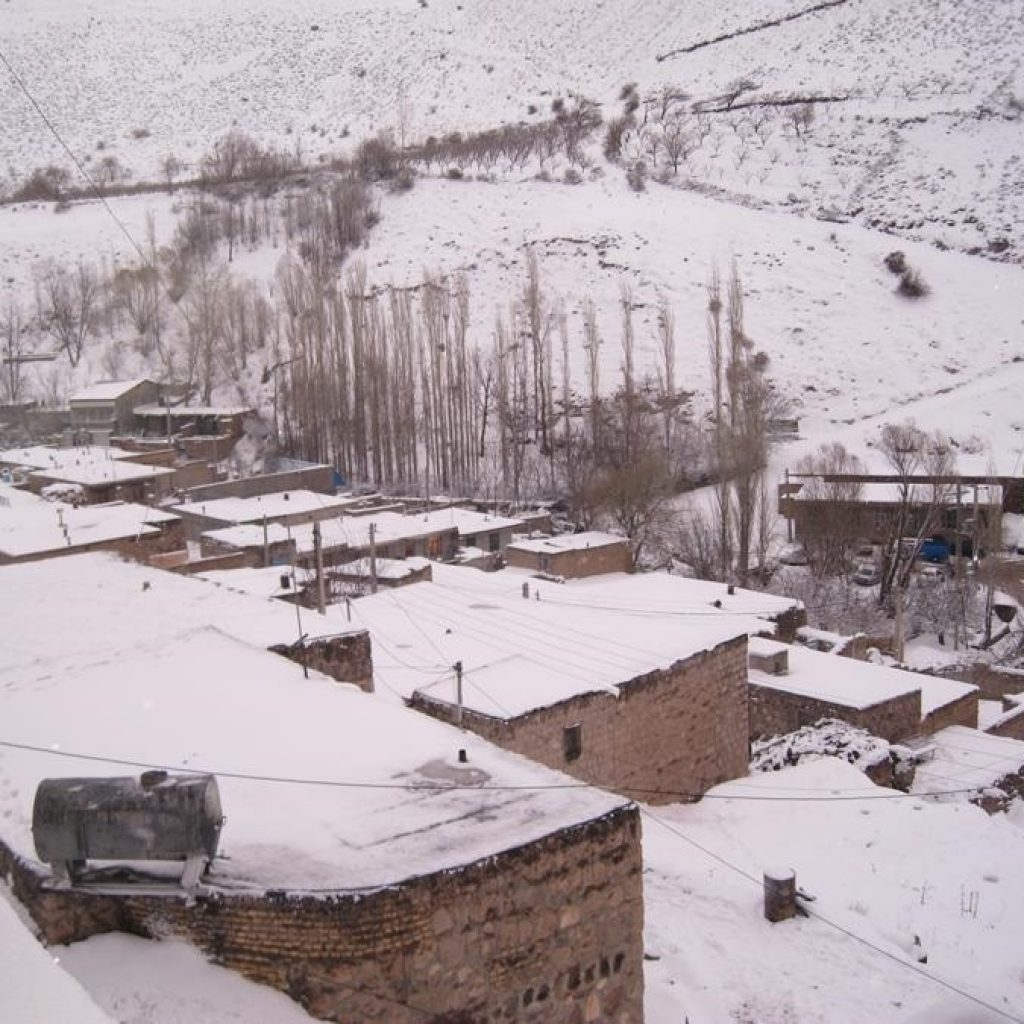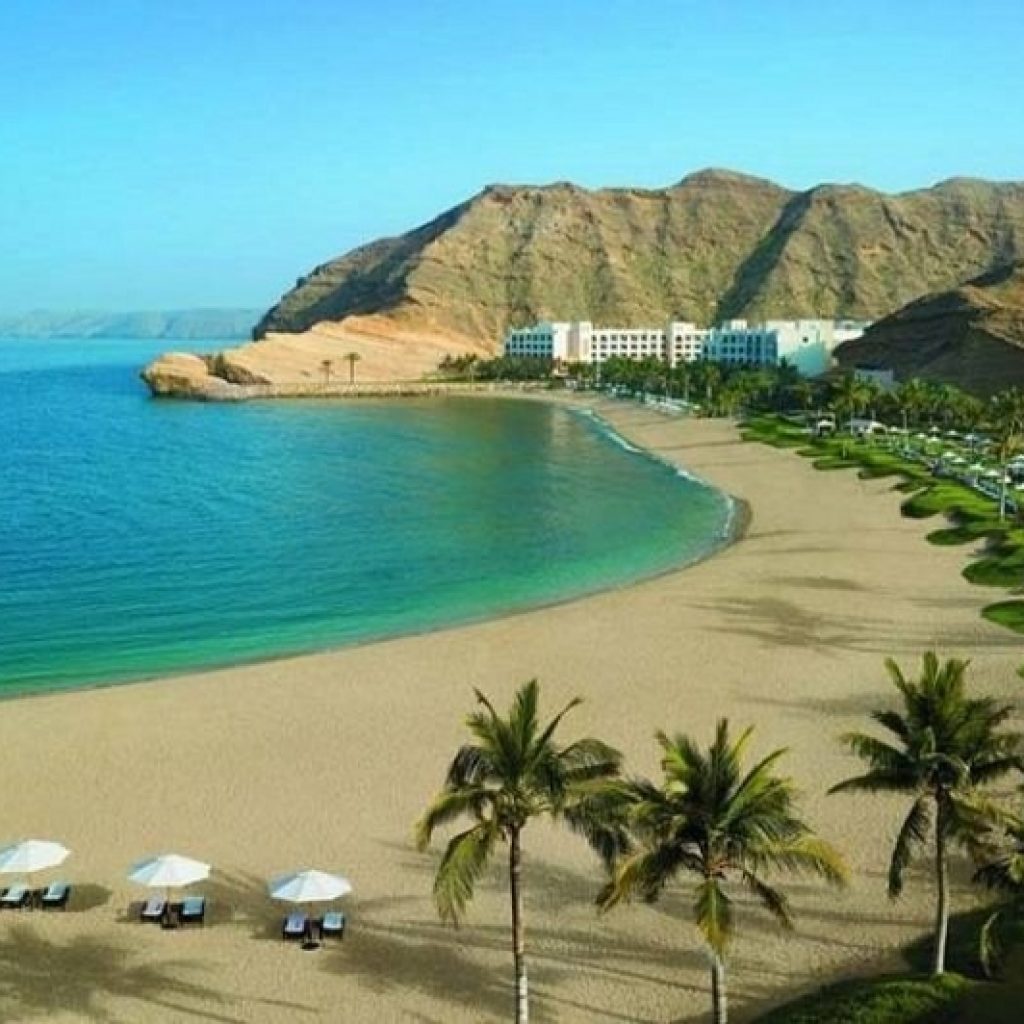Iran is a high plateau which placed in twenty-five to forty degrees in northern hemisphere and a in warm area. Deserted and semi deserted regions occupy more than half of the country. About one third of Iran is mountains and a small part of this country (including the valise of Caspian Sea and Khuzestan) is composed of fertile valise
The most important fact in different weather condition of Iran in comparison with other countries, which can be proved easily by comparing, is temperature variation between different parts of the country. The variation is in a way that sometimes in winter from the hottest and the coldest part of Iran we have 50 centigrade deferenc.
which means for example in Shahrekord the temperature is about 30 degrees mines zero and in Ahwaz it is 25 degrees above zero. In terms of raining, Iran is one of the dry and semi-dry countries. The annual precipitation varies in different parts of the country and in different seasons of the years. We introduce four different weather conditions and areas of Iran.
Introducing Quadruple Climates of Iran
Mild and climate weather
The southern parts of Caspian Sea are Mild and Climate because of high raining rate and humid weather. A significant feature of humid and moderate weather is high raining rate in most of the seasons. The raining in humid and moderate climate is increasing from east to west.
- Usually the air temperature is between 25 to 30 degrees Celsius during day and 20 to 23 degrees Celsius at night.
- The humidity in this area is very high
- Raining raised vegetation levels and forest growth in humid parts of southern Caspian Sea.
Hot and Dry climate
The plateaus with hot and dry climate are occupied a large part of Iran and its mainly located in the central and eastern parts of the country.
About more than two-third of Iran is hot and dry and the areas of central plateaus of Iran is too. The significant feature od hot and dry climate is hot days and cold nights and mostly cold winters and hot and dry summers.
- The deserts sky is mostly clear and cloudless in most of the year.
- The rainfall, fog and thunderstorm are really low. Low rainfall reduced the vegetation in these areas.
- The temperature difference between night and day in hot and dry climates are high.
- Raining is often heavy in these areas.
- The perspiration and evaporation rate is higher than annual rainfall.
Cold and mountainous climate
The Caspian Sea and also Mesopotamian plateau separates from central parts of Iran by Alborz and Zagros mountains. There are also some single mountains in central and eastern parts of Iran including Taftan and Shirkoh mountain and others. The western mountains which contains western parts of central mountains and also Zagros is in cold areas of Iran. In these areas raining is low in summer and high in winter which mostly are snow falls. The continues snow falls covers most of the mountain’s peaks. At altitudes above 3000 miters we always have snow and the mountains are the source of many rivers and canals in the country.
The significant feature of cold and mountainous climate is freezing cold weather in winter and mild weather in summer.
- Snowfall is very high in cold and mountainous climates.
- The temperature difference is very high between day and night.
- The Dry weather in cold and mountainous areas is annoying some of the times.
Warm and Humid Climate
This climate zone is along a narrow and long costal strip with more than two thousand kilometers from Arvand river estuary in southwest in Khuzestan province to Goiter bay in the southeastern parts of Iran in Sistan And Balochestan province. The soil of these areas is mostly calcareous and the vegetation is weak so even a little rainfall can cause a destructive flooding and flowing the precious sweet water into the sea. The significant feature of this climate is hot weather and high humidity.
- Raining is really rare in these areas. Most of the raining happens in fall and especially in winter.
- Weather in winter is temperate and airy.
- The temperature difference between day and night is low.
- Low raining especially in summer cause low vegetation in this area.
- Groundwater is often saline in this area.
- The evaporation is high in this area because of direct sun and hot weather.
This post is also available in:  中文 (Chinese)
中文 (Chinese)











